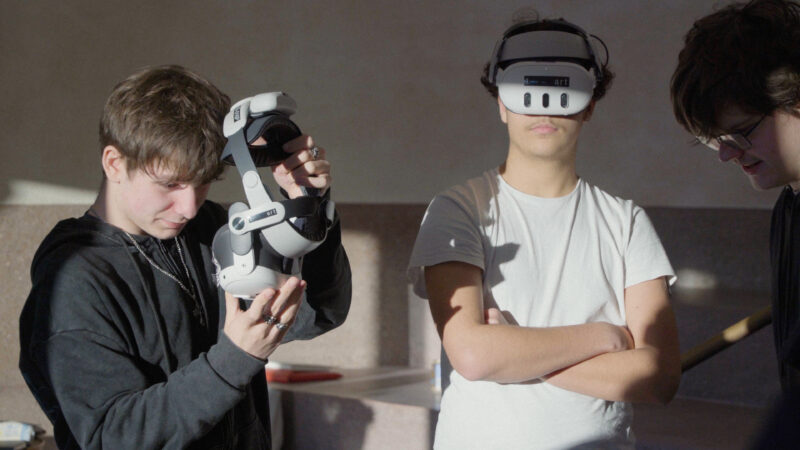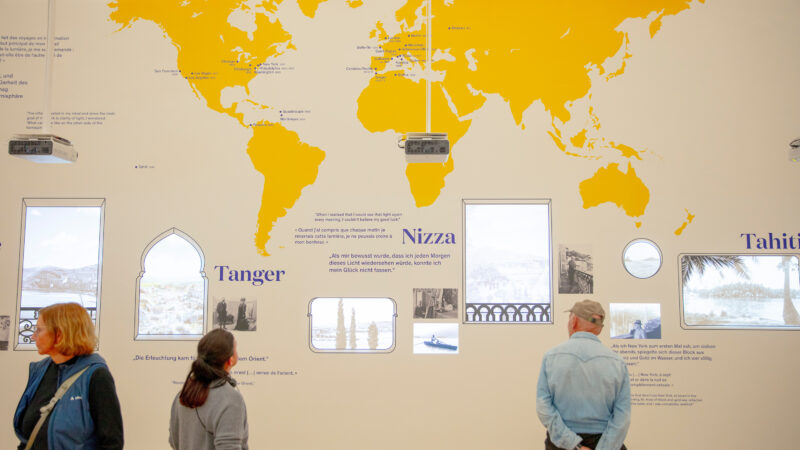

26.11.2024

TWO at the Digital Art Mile Basel
→ Read on
A new chapter: Frank Dittmann becomes part of iart
→ Read on
Commitment to More Sustainability: We Are a New Member of Swiss Triple Impact (Sti)
→ Read on
Catacity – the City Is Being Redesigned!
→ Read on
Three Experienced Minds for Your Success
→ Read on
The ‘Inner Power’ Installation for Hyundai Genesis Magma Opens in Zurich
→ Read on
Our Studio Will Stay Closed Between Christmas and New Year
→ Read on
Matisse Exhibition at the Fondation Beyeler Opens with Multimedia Space
→ Read on
Roots Exhibition Opens at KBH.G
→ Read on
German Lighting Design Award for “Wonders of Medicine”
→ Read on
Valentin Spiess Speaks at TEDxBasel
→ Read on





